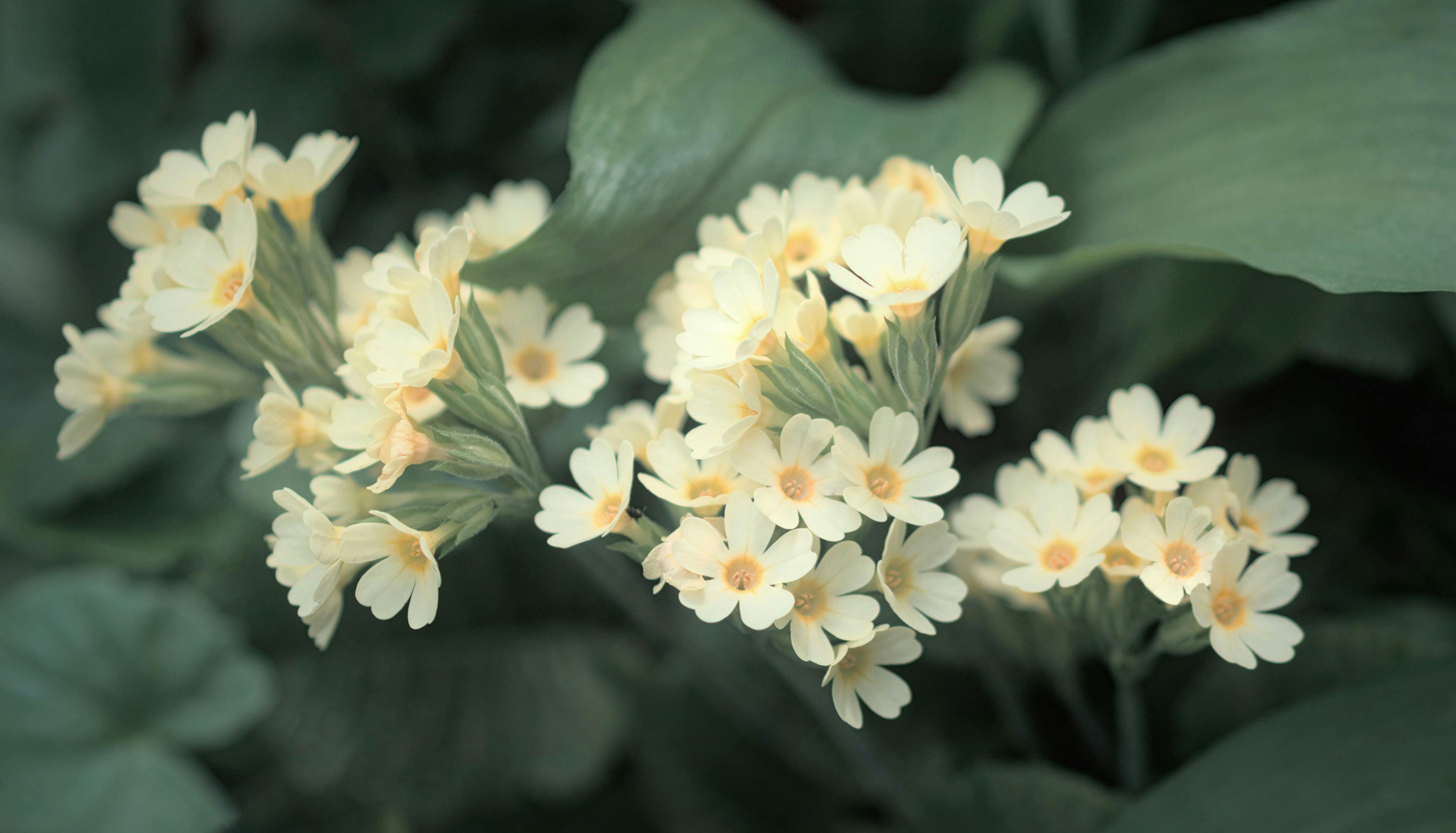Understanding the Role of Mr. Gardener in Sustainable Landscaping
The Importance of Sustainable Landscaping
Sustainable landscaping is a vital aspect of modern gardening practices that prioritize environmental health, biodiversity, and resource efficiency. The role of **Mr. Gardener** in this realm is particularly significant, as one can leverage his expertise to create green spaces that are both beautiful and ecologically responsible. By focusing on native plants, water conservation, and organic practices, **Mr. Gardener** demonstrates that landscaping can be not only aesthetically pleasing but also beneficial to local ecosystems. Implementing sustainable practices can lead to reduced maintenance costs, improved soil health, and support for local wildlife.
Benefits of Native Plants
One of the primary strategies embraced by **Mr. Gardener** is the use of native plants in landscaping. These plants are well-adapted to the local climate, soil, and wildlife, requiring less water, fertilizers, and pesticides. For instance, incorporating native wildflowers can attract beneficial pollinators, such as bees and butterflies, enhancing the garden’s ecological diversity. Additionally, native plants often require less upkeep than non-natives, making them a favorite among sustainable landscapers. By promoting local flora, **Mr. Gardener** helps in preserving the area’s natural heritage while also encouraging sustainability.

Water Conservation Techniques
Water conservation is another critical aspect of **Mr. Gardener**’s philosophy. He advocates for techniques such as rain gardens, xeriscaping, and drip irrigation to efficiently use water resources. For instance, rain gardens can capture and filter rainwater runoff, reducing soil erosion and mitigating flooding. **Mr. Gardener** also emphasizes the importance of mulching and soil maintenance to retain moisture. By applying these techniques, gardeners can significantly lower their water consumption while maintaining lush, healthy landscapes.
Organic Gardening Practices
Organic gardening is a core principle of **Mr. Gardener**’s methods, where he emphasizes the use of natural fertilizers and pest control solutions. By avoiding synthetic chemicals, he promotes a healthier garden ecosystem that supports beneficial insects and improves soil health. Techniques like composting, crop rotation, and companion planting are integral to his approach. Implementing these organic practices not only results in a bountiful harvest but also contributes to the overall sustainability of the garden.
The Role of Composting
Composting is essential in **Mr. Gardener**’s organic approach, transforming kitchen scraps and yard waste into nutrient-rich soil amendments. By composting, gardeners can reduce landfill waste while enriching their soil, enhancing its ability to retain moisture and nutrients. **Mr. Gardener** encourages creating a compost pile that includes a balance of green materials (like vegetable scraps) and brown materials (such as dried leaves) to achieve optimal results. This practice not only promotes a circular economy in the garden but also supports plant health and growth.
Pest Control Strategies
In sustainable gardening, managing pests through natural means is crucial, and **Mr. Gardener** provides guidance on effective strategies. Utilizing beneficial insects, like ladybugs and lacewings, can naturally control pest populations without harmful pesticides. Additionally, he suggests creating habitats to encourage these beneficial creatures to inhabit the garden. This strategy reduces the reliance on chemical pesticides and fosters a healthier ecosystem. Implementing integrated pest management (IPM) techniques also allows gardeners to handle pest issues in a way that minimizes harm to the environment.
Creating Spaces for Wildlife
**Mr. Gardener** understands the importance of designing landscapes that support and encourage local wildlife. By incorporating features such as birdhouses, butterfly gardens, and bee hotels, gardeners can create inviting spaces for various species. This not only enhances biodiversity but also contributes to the ecological balance of the area. By fostering a wildlife-friendly garden, **Mr. Gardener** showcases that landscapes can coexist with nature, creating a vibrant and dynamic environment.
Designing a Bird-Friendly Garden
To attract birds, **Mr. Gardener** recommends planting a diverse range of trees, shrubs, and flowers that produce berries or seeds. For example, berry-producing plants like elderberry and serviceberry provide food sources for birds throughout different seasons. Additionally, providing a water source, such as a birdbath, further enhances the garden’s appeal to avian visitors. This not only beautifies the landscape but also supports bird populations, fostering a deeper connection to nature.
Creating Habitats for Pollinators
Pollinators play a crucial role in our ecosystems; thus, **Mr. Gardener** emphasizes the importance of creating habitats for them. A pollinator-friendly garden includes a variety of flowering plants that bloom at different times of the year, offering a continuous food source. By avoiding neonicotinoids and other harmful chemicals, gardeners can ensure their spaces are safe for bees and butterflies. Incorporating native plants will further aid in attracting local pollinators and enriching the ecosystem.
Step-by-Step Guide: Implementing Sustainable Practices
Transforming a conventional garden into a sustainable one involves several actionable steps that **Mr. Gardener** recommends. Here’s a step-by-step guide to making your garden more sustainable:
- **Evaluate Your Space:** Assess your current landscape, noting sunlight, soil types, and existing plants.
- **Choose Native Plants:** Select plants suited for your local climate and environment.
- **Plan for Water Efficiency:** Implement rainwater harvesting and choose drought-tolerant plants to conserve water.
- **Incorporate Organic Practices:** Use natural compost and organic pest management techniques.
- **Foster Wildlife Habitats:** Add features like birdhouses, insect hotels, and water sources to support local fauna.
- **Monitor and Adjust:** Regularly check your garden’s health and adapt your methods as necessary.
By following these steps, gardeners can achieve a sustainable landscape that contributes positively to the environment while offering beauty and productivity.
Key Takeaways
- Implementing sustainable landscaping practices is essential for environmental health.
- Using native plants helps conserve resources and supports local biodiversity.
- Organic gardening methods promote healthier ecosystems with minimal chemical use.
- Creating wildlife-friendly spaces enhances biodiversity and enriches gardens.
- Adopting practical steps can lead to a successful transition towards sustainability.
FAQ
1. What are the best native plants to start with?
Choosing the right native plants depends on your local climate and soil conditions. Popular options include coneflowers, black-eyed Susans, and lavender, which attract pollinators and require minimal maintenance. Consult local extension services or native plant societies for specific recommendations based on your region.
2. How can I conserve water in my garden?
To conserve water, consider implementing drip irrigation systems, using mulch to reduce evaporation, and planting drought-resistant native species. Additionally, installing rain barrels to collect runoff can significantly enhance your garden’s water efficiency.
3. What organic pest control methods can I use?
Organic pest control methods include introducing beneficial insects like ladybugs, using insecticidal soaps, and employing traps. Planting companion plants that naturally deter pests can also protect your garden without synthetic chemicals.
4. How do I create a habitat for bees in my garden?
To support bee populations, plant a variety of flowering plants that bloom in different seasons, avoid pesticides, and provide nesting sites such as bare soil or bee houses. Furthermore, consider leaving some areas of the garden wild to offer natural habitats.
5. What should I include in a wildlife-friendly garden?
A wildlife-friendly garden should feature native plants, diverse food sources, water elements like birdbaths, and shelter areas, such as hedges or logs. Incorporating these elements creates a welcoming environment for various wildlife species.
